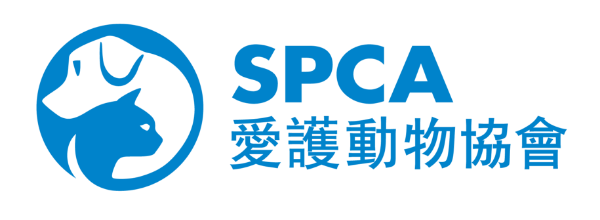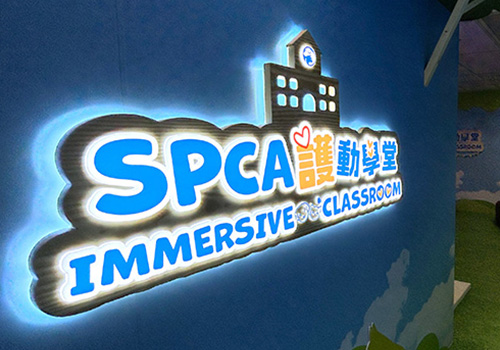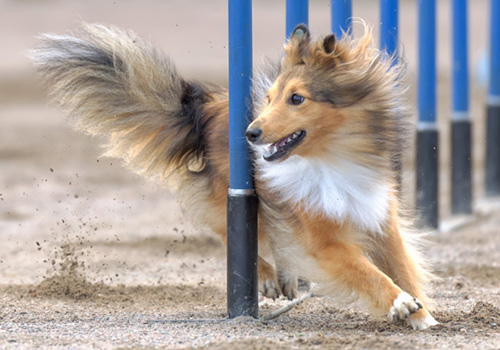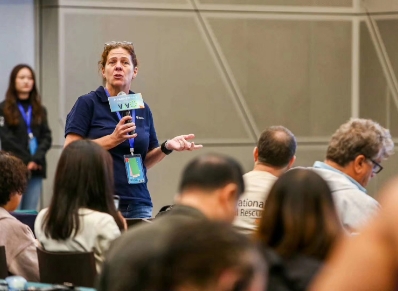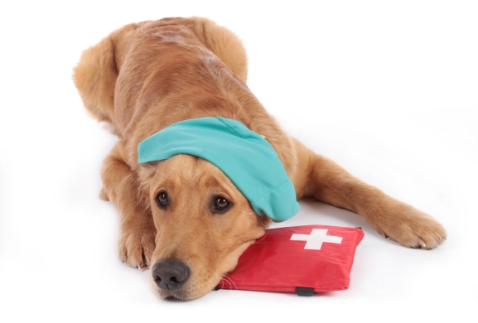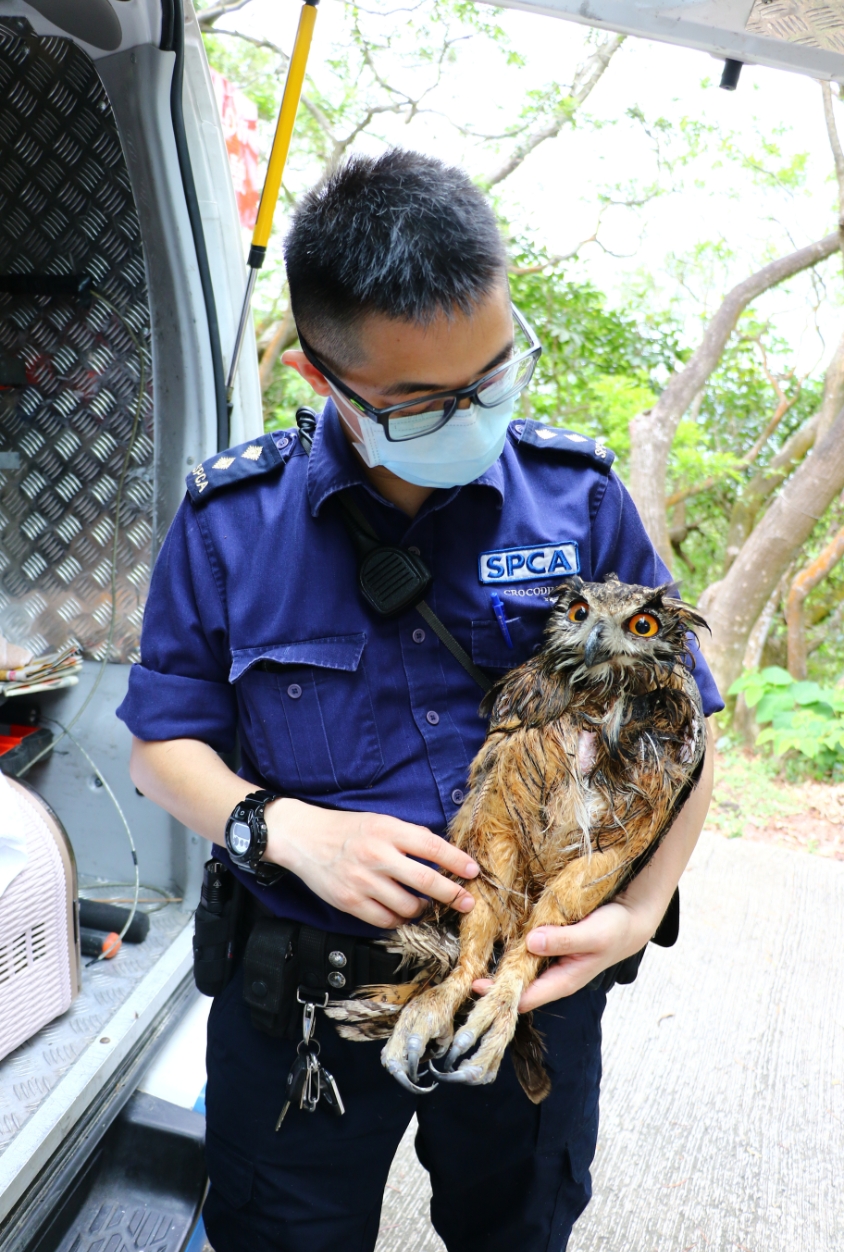
Wildlife Rescue & Rehabilitation
Wildlife rescue and rehabilitation provides injured wildlife a chance of survival. Often these injured and displaced animals are in trouble directly as a result of humans. They may have been hit by cars, flown into windows, been caught by cats or become trapped in a manmade structure. Others have ended up crash-landing in an urban environment while on migration, been affected by poor weather conditions or simply not had the experience and ability to survive in the naturally competitive environment they inhabit.
The Role of the SPCA
The SPCA has long played an important role in the rescue of Hong Kong’s wildlife casualties. Our team of Inspectors frequently attend to injured birds, mammals and reptiles. Most are taken to the specialist wild animal rescue centre at Kadoorie Farm and Botanic Garden (KFBG) in the New Territories. The centre has facilities that enable the proper care and rehabilitation of the diverse species found in Hong Kong and focuses on returning casualties back to the wild.
What Wildlife is Rescued?
Over the past 15 years, the SPCA has rescued more than 1,000 wildlife casualties. Some years have been busier than others, for example 2003 was busy with 117 casualties, and 2006 was particularly quiet with only 45. Over the years, a total of 155 different species were rescued; the most common are our widely-spread birds of prey – the Black Kite and the Collared Scops Owl.
Rescue Process
The first priority for our Inspectors is to identify the species and ensure it is actually injured and/or in need of help. Sometimes it is better to leave wildlife alone even if it does seem to be out of place, particularly when it comes to young birds, as the parents are often nearby and still caring for them.
Once the Inspectors have established help is needed, they have to secure the casualty in a safe manner so as not to injure it further. To do this they may use nets or towels and often need to use gloves for their own protection. They can then better assess the extent of the injuries and the condition of the animal, and provide basic first aid if necessary. If the injuries are very severe and the animal is suffering then the animal may be euthanised to prevent further suffering. If not, they will contain the casualty in an appropriate box and take it directly to KFBG for further assessment, treatment and rehabilitation.
Outcomes
The preferred outcome is always to have the animal returned to the wild once it has fully recovered and, on average, 45% of wildlife casualties rescued by the SPCA are released to the wild after a rehabilitation process at KFBG.
However, it is not uncommon for injuries to mean that survival in the wild is not always possible. To reduce any further suffering it is important to identify animals without a chance of recovery as early as possible and end their suffering. A life in captivity can cause unnecessary stress and suffering in wild animals, and disabled animals are prone to further injuries.
